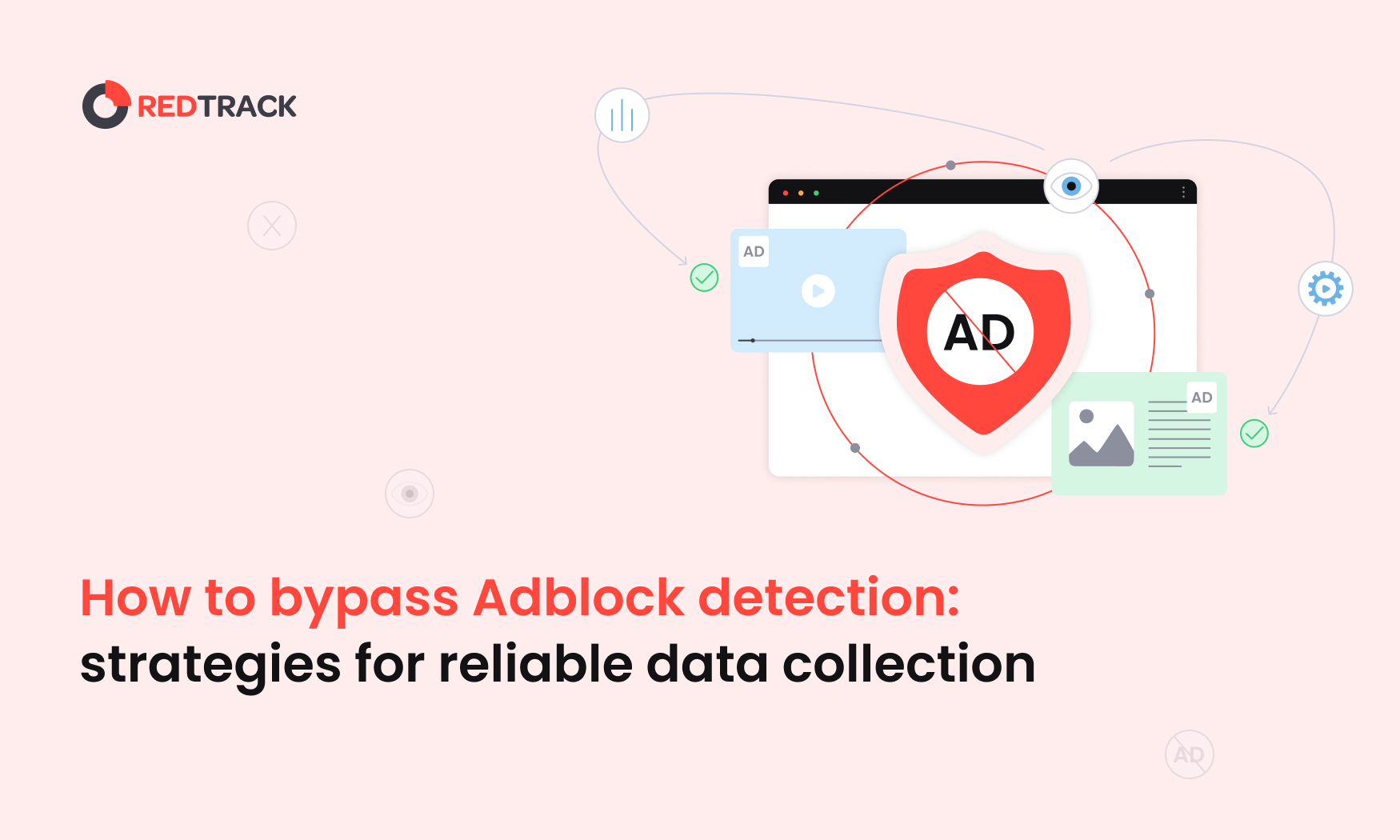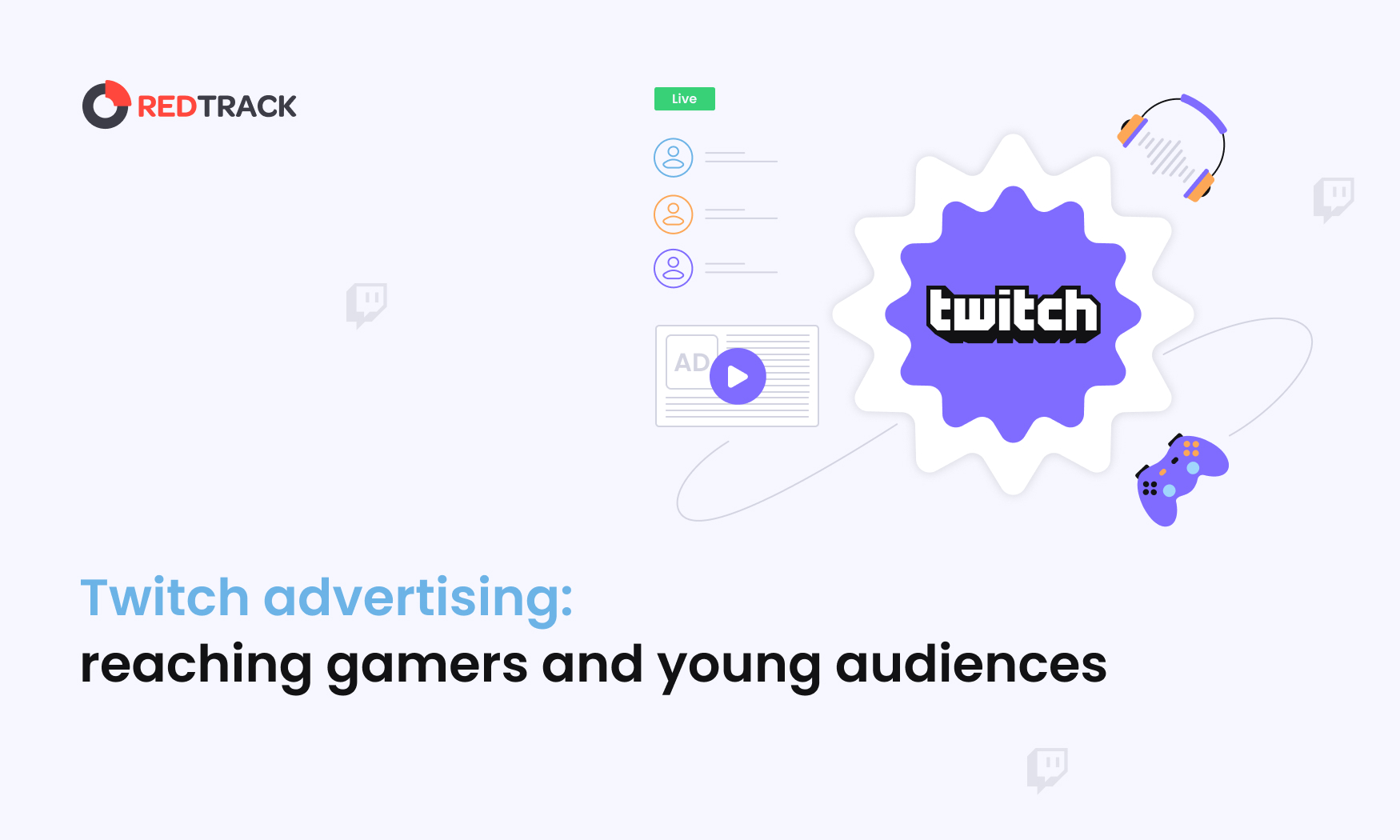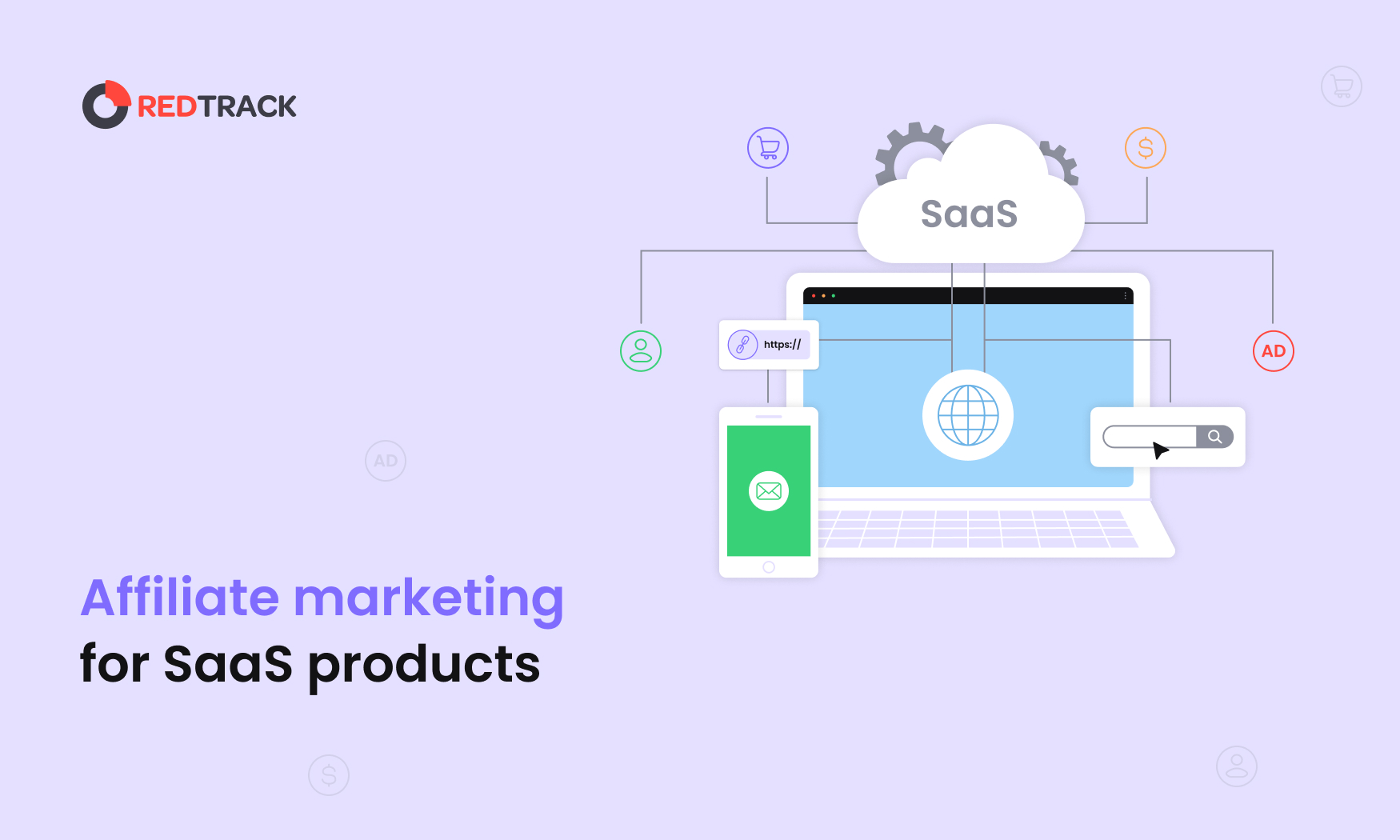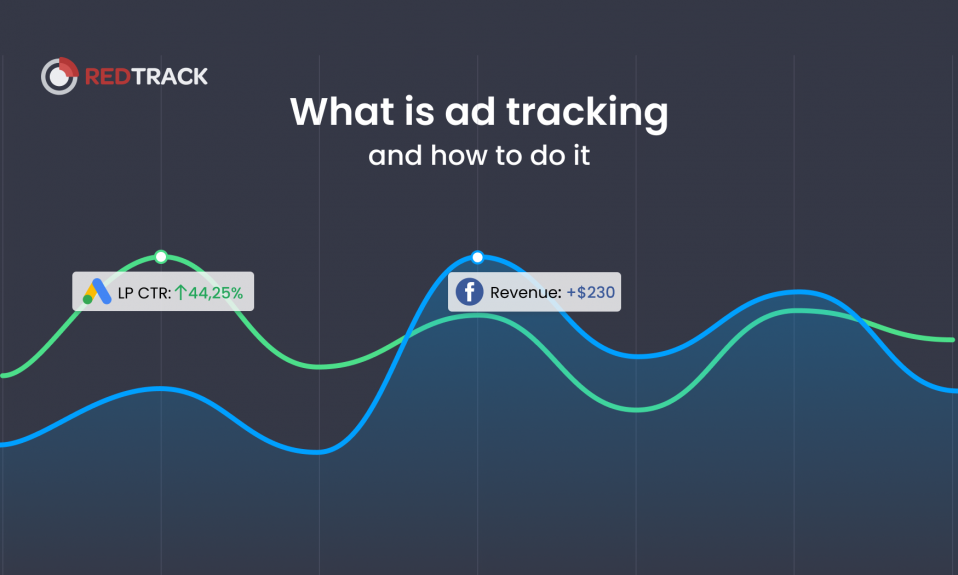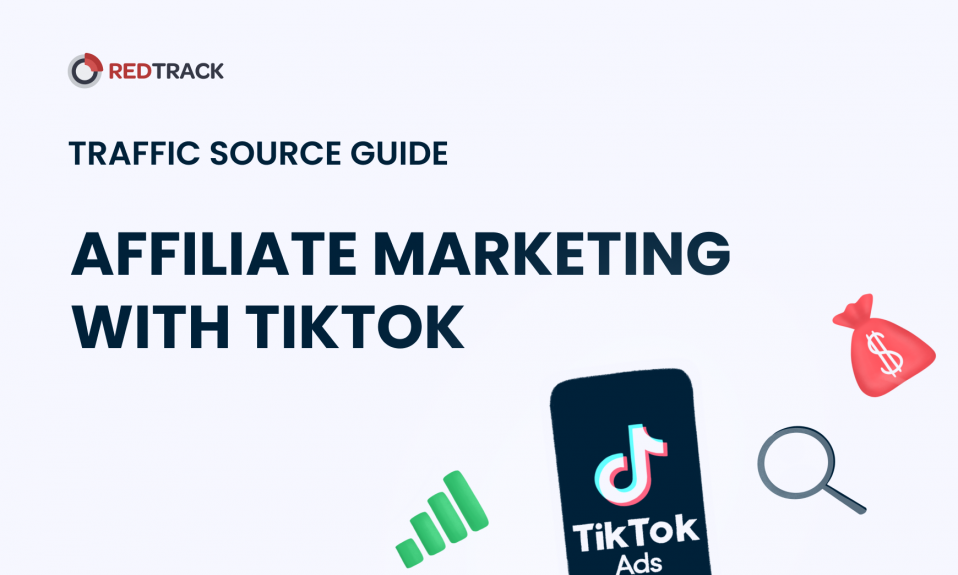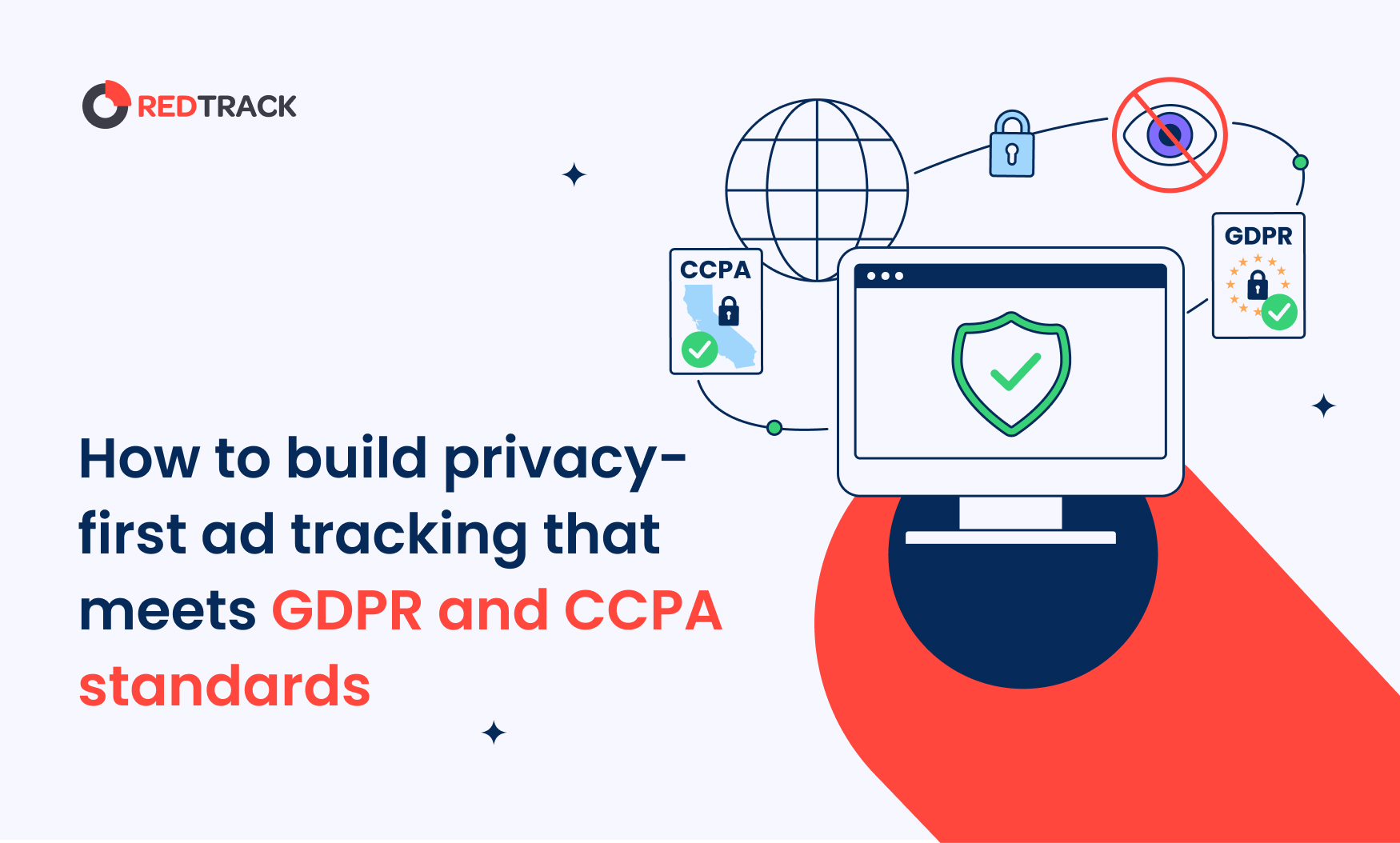
In today’s business world, online privacy is subtly under attack—and businesses are feeling the heat too. A survey reveals that privacy rules are causing problems for digital advertising, with 49% worried about ad placement and 66% demanding honesty about data use. To overcome this, companies must be more transparent and careful with data.
In this article, we’ll show you how to:
- Advertise safely and follow the rules.
- Avoid costly fines and reputational damage from non-compliance.
- Reduce the risk of losing customer trust due to data misuse.
Understanding GDPR and CCPA
The California Consumer Privacy Act (CCPA) and the General Data Protection Regulation (GDPR) were created to give people greater power over personal information. Both regulate how companies collect and use individuals’ personal data.
While both laws are focused on user privacy rights and putting control over one’s data back into the users’ hands, there are a few crucial differences between the two regulations beyond just their jurisdiction.
GDPR
The General Data Protection Regulation (GDPR) is a comprehensive data privacy law that applies across the European Union. It empowers EU residents to take control of their personal information and streamlines data protection rules for global businesses. Notably, GDPR’s reach extends beyond EU borders, requiring companies worldwide to comply if they handle EU residents’ data. The regulation went into effect on May 25, 2018.
GDPR has key principles that impact tracking, requiring organizations to:
- Collect personal data for a specific purpose;
- Obtain explicit consent from individuals;
- Delete or anonymize data when no longer needed.
Additionally, GDPR gives individuals rights regarding their data, including:
- Access to their data;
- Correction or deletion of their data;
- Receiving a copy of their data.
Organizations must also have a documented legal reason for handling personal data and be transparent about handling collected data, including tracking purposes and methods.
CCPA
On the other hand, the California Consumer Privacy Act (CCPA) is a state-wide data privacy law that regulates how organizations handle California residents’ personal information. Though passed in 2018, it went into effect on January 1, 2020, and has since been expanded and amended by the California Privacy Rights Act (CPRA).
Key aspects of the CCPA include:
- Giving California residents the right to know what personal information a business has collected and how it’s used and shared;
- Allowing consumers to opt out of the sale or sharing their personal information with third parties;
- Requiring companies to obtain consent to collect and use sensitive or children’s personal data;
- Mandating businesses to delete a consumer’s personal information upon request.
Differences and similarities between GDPR and CCPA
Despite shared goals, they have distinct differences in scope, requirements, and enforcement. Understanding these similarities and differences is crucial for global and California-based organizations to ensure data privacy compliance.
Both CCPA and GDPR require businesses:
- To disclose what personal information the businesses have compiled about those individuals;
- To divulge what they do with the personal data;
- Which holds personal data to delete that data upon request of the person the data pertains to;
- To put in place cybersecurity measures to protect individuals’ personal data;
- To pay fines for non-compliance.
How GDPR and CCPA are different
- GDPR requires companies to have a legal basis before processing data about residents, while CCPA does not
- GDPR applies to all businesses that meet the legal basis requirement mentioned above. CCPA applies only to businesses with an annual gross revenue of over $25 million.
- Under CCPA, an individual can keep companies from selling their private data, and organizations cannot discriminate against these individuals.
- GDPR imposes additional conditions for companies processing health-related information because it is more specific and includes terms such as “genetic data” and “biometric data.” CCPA uses a general umbrella term.
In general, GDPR fines are likely higher than CCPA fines. However, CCPA opens the door for civil litigation, which could prove just as costly to an offending organization.
Challenges in privacy-centric ad tracking
When it comes to online ads, it’s challenging to find a balance between showing people what they want and respecting their privacy.
Here are 6 key things to consider to get it right:
- Data collection restrictions: Collect only necessary data to achieve your advertising goals, avoid sensitive information, and implement data minimization techniques.
- User consent requirements: Before collecting data, obtain explicit, informed, and voluntary consent by clearly explaining the purposes and usage.
- Data transparency and user control: Disclose data collection and usage practices, providing users access to their data and easy-to-use tools to manage preferences.
- Data security and protection: Implement robust security measures to protect collected data, ensuring encryption, pseudonymization, or anonymization.
- Compliance with regulations: Adhere to data protection laws (e.g., GDPR, CCPA), staying up-to-date with changing regulations and guidelines.
- Balancing ad effectiveness and user privacy: Use privacy-friendly ad targeting methods, avoid invasive tracking, and regularly assess your strategy to ensure balance.
Key components of privacy-centric ad tracking
Effective online advertising requires reaching the right people with the right message. But with growing concerns about data privacy, it’s essential to do it in a way that respects your customers’ boundaries. Finding this balance is key to building trust and achieving your marketing goals.
To get it right, keep the following in mind:
- Consent management platforms: Get users’ permission before tracking them. This means clearly explaining what data you’ll collect and how you’ll use it and giving them a simple way to opt in or opt out.
- Anonymization and pseudonymization techniques: Hide users’ identities by masking or encrypting their data. This way, even if data is shared or accessed, it can’t be linked back to individual users.
- Secure data storage and encryption practices: Lock down data to prevent unauthorized access. This includes using secure servers, encrypting data in transit and at rest, and regularly updating security protocols.
It’s also important to consider data minimization—collecting only necessary data to achieve your advertising goals, transparency—making it easy for users to understand what’s happening with their data, and user control.
Developing compliance strategies
Data privacy isn’t a one-time task—it’s an ongoing process. By regularly checking in and updating your practices, you can ensure you’re always treating customer data with the care it deserves. To get this right, make privacy a top priority in your company. This means you create a culture where everyone understands the importance of keeping customer data safe.
Think of it like a regular health check for your company. Privacy rules change often, so regularly update your policies to stay on track. This means staying up-to-date with the latest regulations and making sure your policies reflect those changes.
It’s also crucial to regularly check your practices. This means ensuring you’re doing what you say you’re doing regarding data privacy. Ask yourself questions like: Are we handling data correctly? Are we being transparent with customers?
By taking a proactive and transparent approach to data privacy, you build trust with your customers, avoid issues down the line, and maintain a competitive advantage in the marketplace.
Tools and technologies for privacy-centric ad tracking
As a business, you want to reach your target audience effectively while also respecting their privacy. To do this, you need the right tools and technologies to help you get it right. This means finding solutions that balance effective advertising with user trust and transparency.
To help you achieve this balance, here are some key tools and technologies to consider for privacy-centric ad tracking:
Privacy-focused analytics and tracking tools
These analytics and tracking tools are essential for understanding your audience without compromising privacy. Look for tools that prioritize user privacy, such as those that anonymize data to prevent individual identification, offer opt-out options for users to control their data sharing, and comply with data protection regulations like GDPR and CCPA.
A good example of a privacy-focused analytics and tracking platform is RedTrack, a privacy-friendly analytics tool that helps you understand your audience without compromising their data. It:
- Anonymizes data to keep users private;
- Lets users opt out of data sharing;
- Follows GDPR and CCPA rules;
- Gives you detailed insights into user behavior;
- Tracks conversions and attribution across multiple channels;
- Offers customizable reporting and dashboards;
- Integrates with popular marketing tools and platforms.
Others include:
- Google Analytics (with anonymization features enabled);
- Matomo (a fully anonymizable analytics platform);
- Fathom Analytics (a simple, GDPR-compliant analytics tool);
- Mixpanel (with data anonymization and opt-out features);
- Segment (with built-in data governance and privacy controls).
Machine learning
Leverage machine learning to enhance compliance and data protection. For example, machine learning can help detect and prevent data breaches or identify areas where your data handling practices can improve.
Third-party solutions
Integrate with third-party solutions that prioritize user privacy. This could include ad platforms, data management tools, or other technologies that help you reach your target audience while respecting their boundaries.
Future trends in privacy and ad tracking
Data privacy awareness has grown significantly, leading to governments introducing laws like GDPR and CCPA. Companies are responding by adding privacy features and changing their business models. As data protection continues to be a priority, what’s next in 2024-2025? Here are the top 5 future trends to look out for:
- Increased use of privacy-focused browsers: Privacy-focused browsers like Brave, Firefox, and Safari will continue to gain popularity, leading to a shift in how users interact with online advertising and tracking.
- Rise of cookieless tracking: The phase-out of third-party cookies will drive the adoption of alternative tracking methods, forcing companies to rethink their data collection and targeting approach.
- Advancements in privacy-enhancing technologies (PETs): PETs will improve data protection in ad tracking, enabling companies to collect and analyze data while maintaining user privacy and security.
- Stricter regulations and enforcement: More stringent regulations and increased fines for non-compliance will drive investment in privacy compliance and risk management, leading to more transparency and accountability in ad tracking practices.
- Growing adoption of consent management platforms (CMPs): CMPs will become essential for managing user consent and preferences, providing a seamless and transparent experience for users, and helping companies comply with regulations.
In line with these trends, user trust has become a crucial element in digital marketing, driven by increasing concerns about data privacy, security, and transparency. As users become more aware of how their data is being collected, shared, and used, they demand more control and agency over their personal information. The rise of ad blockers and the introduction of regulations like GDPR and CCPA reflect this shift towards user-centric marketing.
Recent social media scandals have further eroded user trust, making it essential for marketers to prioritize transparency, accountability, and data protection. Trust has become a key differentiator for brands, enabling them to build strong relationships, improve brand reputation, and drive long-term success. It’s now very crucial for marketers to focus on creating customer-centric experiences, prioritizing user needs, and communicating clearly about data usage.
Conclusion
Ensuring privacy is actually profit. Companies that put user privacy first build trust, avoid legal trouble, and attract loyal customers. It’s not just about compliance; it’s a smart business strategy. By putting this in place, businesses can stay compliant, and boost their reputation. This leads to strong customer relationships, avoided penalties, and a competitive edge. Remember, user privacy is an ongoing effort. By making it a priority, businesses can achieve long-term success and customer loyalty.
P.S.: RedTrack helps businesses like yours develop innovative and compliant ad-tracking solutions that put user privacy first. Check out our website to get started.



